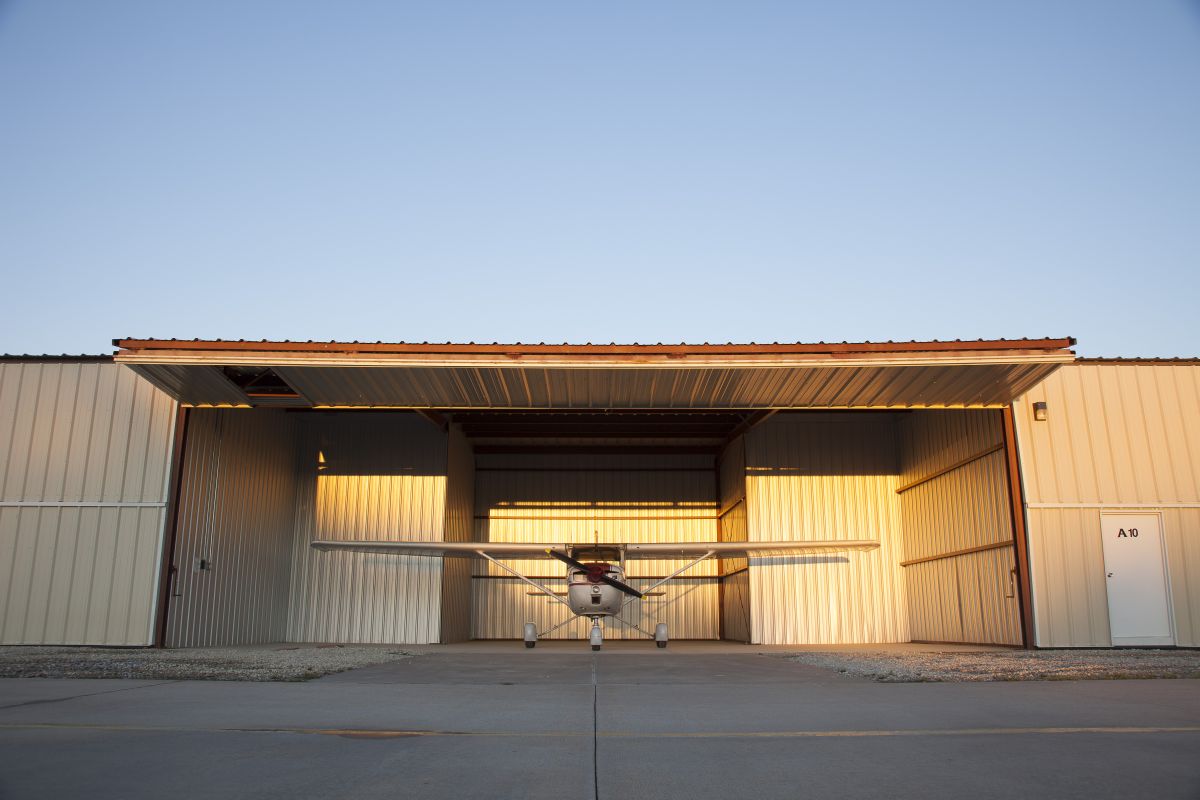Budgeting to Own an Aircraft
24th June 2020
By Adam Meredith

What is the best way to manage the expense of an airplane? Set up your budget before you buy, not after.
The budget should include both fixed expenses and variable expenses, as well as a reserve fund. AOPA can provide information through our online and print publications about what costs to expect for various makes and models. Additionally, there’s no substitute for talking to others who have the same aircraft about their expenses. Different owners may give differing answers, but getting a range of observations is beneficial.
Easiest to determine are fixed expenses, which include insurance, navigation, music and weather database subscriptions, as well as hangar costs. Your biggest expense will be aircraft insurance. The main decision is how much coverage you want or need. In some cases, you’re not going to be able to get the amount of coverage you want. It’s difficult, but not impossible, to get more than $3 million in liability coverage, for example, and it becomes more expensive the higher you go.
Factors that affect your insurance costs include time and recency in type; participation in authorized training; and flying with an instructor in the aircraft for a specified period of time. They can all help lower your insurance costs.
To hangar or tie down? There are costs associated with each. Hangar rent is obvious. Less obvious, but no less costly, is the weather damage a tied-down airplane suffers. The cost to repaint and fix plastic interior trim pieces and replace or repair instrument panels, aircraft seats, or even sun-crazed windows could equal or exceed hangar rental. Before you commit to a tiedown spot thinking you’re saving money, we suggest you run a thorough analysis.
Variable costs include fuel, annual and other periodic inspections (100-hour, IFR certification, AD-compliance, etc.) and, of course, unscheduled maintenance.
How often you fly will determine overall fuel costs. Where you fly also determines fuel prices. Other fuel savings can come from using self-serve over full serve, and joining a loyalty card program.
There’s an historical average associated with the annual inspection of each airplane make and model. These are easily found online, and by talking to other owners. AOPA can also assist with resources. Plan on the very first annual being significantly more expensive than you imagined, especially if the previous owner deferred maintenance. A thorough pre-purchase inspection should reveal what other costs may be coming up for which you may have to budget the first time around.
Unscheduled maintenance is a function of how the aircraft was maintained by the previous owner(s). It’s a popular notion that low time aircraft with low time engines are more desirable. The reality is that a well-used aircraft is typically a well-maintained aircraft. That’s because an aircraft that has been regularly exercised has an owner who typically addresses the issues that arise from regularly exercising an aircraft. It becomes a virtuous cycle.
There’s one last part of the aircraft operations budget—the cash reserve. We advise that owners keep a 10% to 15% capital fund for unexpected repairs. Liquidity is always important for weathering unexpected events.
Great advice. Great rates. From helpful and responsive reps you can trust. Three good reasons to turn to AOPA Aviation Finance when you are buying an airplane. If you need a dependable source of financing with people who are on your side, just call 800.62.PLANE (800.627.5263) or click here to request a quote.

AOPA Finance Team
Knowledgeable and friendly aircraft finance professionals you can trust to find the best terms for your financing needs. Our goal is to make aircraft ownership more affordable and accessible to pilots.